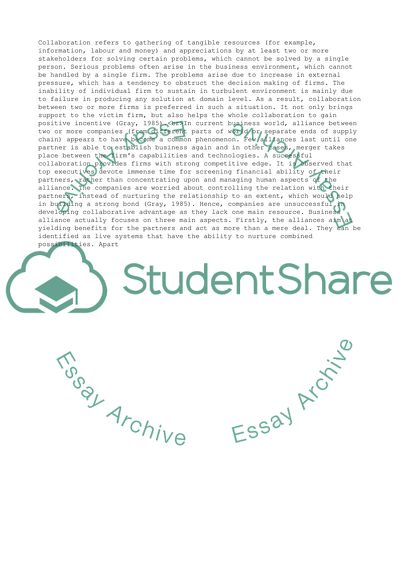Cite this document
(Managing Inter-Organizational Partnership and Alliances Essay, n.d.)
Managing Inter-Organizational Partnership and Alliances Essay. https://studentshare.org/management/1829755-managing-inter-organizational-partnership-and-alliances
Managing Inter-Organizational Partnership and Alliances Essay. https://studentshare.org/management/1829755-managing-inter-organizational-partnership-and-alliances
(Managing Inter-Organizational Partnership and Alliances Essay)
Managing Inter-Organizational Partnership and Alliances Essay. https://studentshare.org/management/1829755-managing-inter-organizational-partnership-and-alliances.
Managing Inter-Organizational Partnership and Alliances Essay. https://studentshare.org/management/1829755-managing-inter-organizational-partnership-and-alliances.
“Managing Inter-Organizational Partnership and Alliances Essay”. https://studentshare.org/management/1829755-managing-inter-organizational-partnership-and-alliances.


